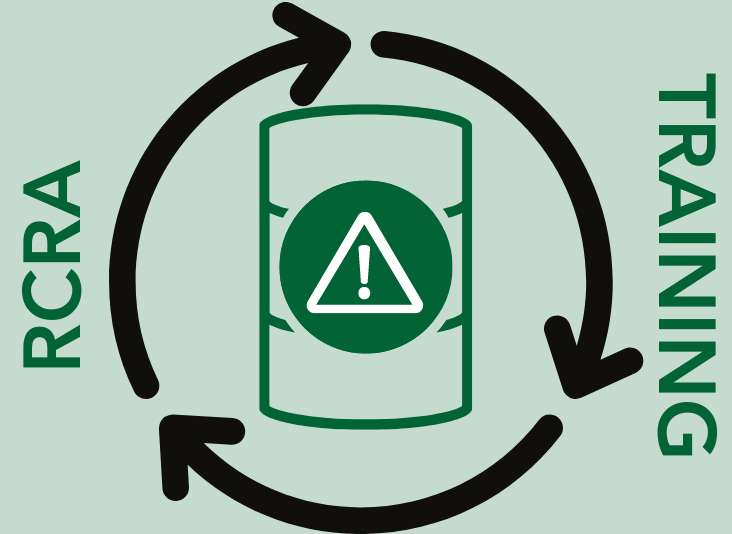Methods to Make Training Memorable
It’s hard to overstress the importance of EHS training for safe and successful operations. A thoughtfully designed, memorable training program can keep your employees safe, help you save money, and assist in retention of dedicated and intelligent workers. Successful training programs protect and support employees, all while preventing noncompliance and associated penalties.
Memorable training solutions aren’t easy to implement. For starters, many managers aren’t sure what their employees should know, nor do they understand how to build a curriculum or what outcomes to measure. On top of this, many trainings are generic and forgettable in the long run. They may consist of a lecturer only touching on high-level talking points or reading from basic, overly-dense PowerPoint slides. A training like this doesn’t address an employee’s specific tasks or actual worksite conditions, and the employee will often tune out, allowing their mind to wander to other tasks and failing to retain critical information. Trainings with relevance, a focus on real-world situations and dangers, and plenty of low-stakes practice opportunities are far more likely to hold employees’ interest.
Steps to Training Retention
Luckily, there are proven ways to increase the memorability of trainings:
One: Convert to an On-Demand Strategy
On-demand trainings, which employees can take online at their own pace, offer several benefits over traditional in-person or live virtual sessions:
- Customizability: Employees can be assigned on-demand trainings that are the most relevant to them, preventing information overload while ensuring all workers have a strong grasp on the duties required of them at their specific worksites.
- Flexibility of delivery: Because they are virtual and accessible anytime and anywhere, on-demand sessions can be taken at each individual employee’s own pace within a reasonable deadline. This ensures that they are trained thoroughly without interruption to workplace operations.
Two: Apply Adult Learning Theory
Adults learn differently than children do, and training programs should be crafted accordingly. To design trainings with andragogy (adult learning) in mind and increase retention, build learning experiences that are:
- Self-directed
- Experience-based
- Problem-focused
- Relevant to the learner’s daily life
- Interactive elements
- A variety of media (text, images, animation, video, etc.)
- An assortment of methods of knowledge expression to allow participants the opportunity to make mistakes, practice, and digest information
Looking for a partner to alleviate the burden of training and make all learning experiences memorable for your employees? Look no further than Triumvirate Environmental. Our EHSLearnTM team will evaluate your specific needs and come up with a plan to make your goals a reality. We can create custom, relevant trainings for your organization (hosted on your site) or provide on-demand video trainings. Watch our recent webinar or contact us to learn more!






